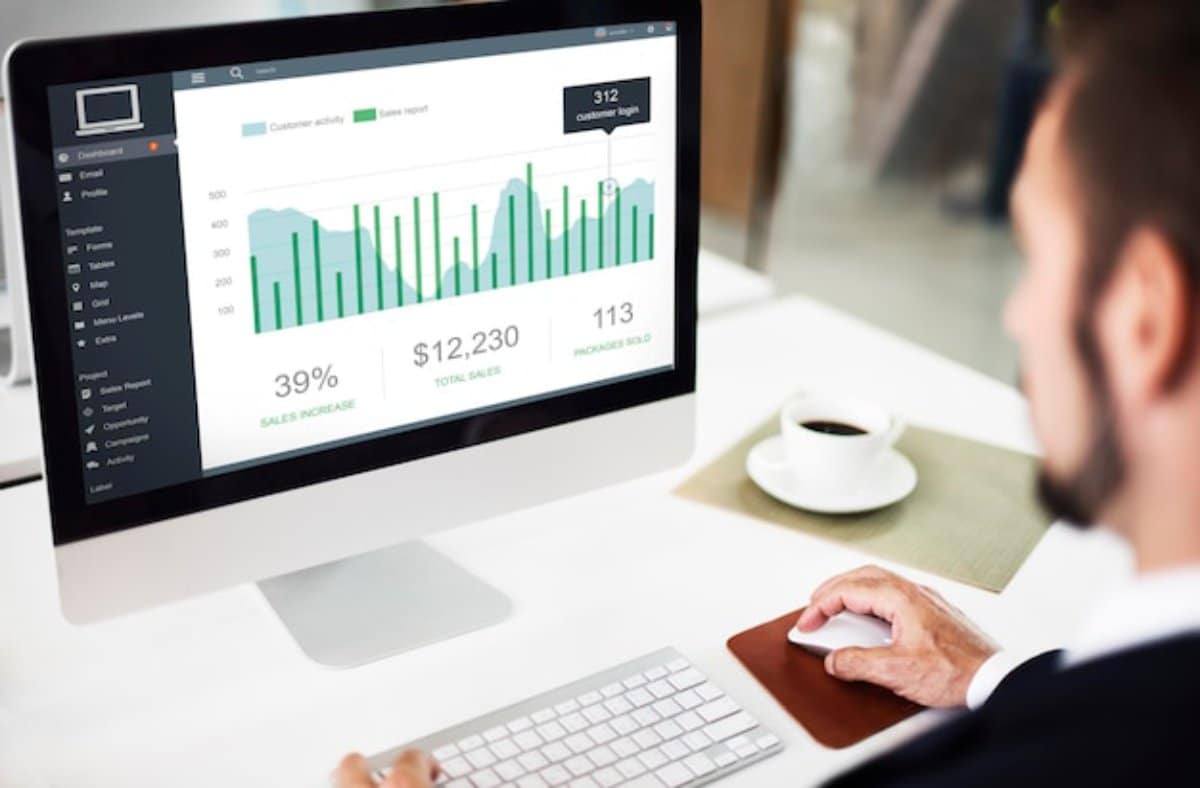
Integrating Payment Gateways into Your E-commerce Platform
Unlocking Seamless E-commerce Payments
You’ve put in hours to perfect your online store. You’ve designed product pages, crafted engaging descriptions, and shaped the ideal customer journey. But there’s one essential piece left: how will your customers pay? A smooth payment gateway integration is key. It links browsers to buyers and turns window shopping into real sales.
To set up an online store or improve your e-commerce payments, it’s key to integrate a reliable payment gateway. It’s not only about accepting payments. It’s also about security, trust, and a smooth checkout. This keeps customers coming back.
In this guide, we’ll cover the basics of payment gateway integration. You’ll learn what it is and get step-by-step instructions for adding it to your e-commerce platform. You’ll gain a clear understanding of best practices and technical needs. Also, you’ll get tips for picking the right gateway for your business.
What Is Payment Gateway Integration?
Simply put, payment gateway integration connects your e-commerce platform to a payment processor. You can securely accept and manage payments from customers. Use methods like credit cards, digital wallets, and bank transfers.
The payment gateway acts like a digital bridge. It safely moves customer payment data from your website to the banks handling the transaction.
Why Is It Important for E-commerce?
- Security: Safeguards sensitive payment data with encryption.
- Convenience: Allows customers to use their preferred payment methods.
- Trust: A smooth, secure payment experience builds confidence.
- Global Reach: Supports multi-currency and cross-border payments.
Without a robust payment system in place, even the most beautifully designed online store can lose sales at checkout.

Integrate a Payment Gateway
Ready to integrate a payment gateway into your e-commerce platform? Here’s how to do it, broken down into manageable steps.
Choose the Right Payment Gateway
Before diving into technical details, you need to select a gateway that suits your business needs.
Factors to Consider:
- Supported Payment Methods: Credit cards, e-wallets, bank transfers, etc.
- Fees and Pricing Structure: Transaction fees, monthly fees, and hidden costs.
- Security Standards: PCI DSS compliance, encryption, and fraud detection.
- Customer Support: Availability and quality of technical support.
- Integration Options: Plugins, APIs, or custom integrations.
Popular Gateways: PayPal, Stripe, Square, Authorize.Net, Worldpay.
Create an Account with Your Chosen Gateway
Sign up for a merchant account with your selected provider. You’ll share business details, banking info, and sometimes ID for verification during this process.
Access API Keys or Plugin Details
Your payment gateway will provide various integration methods based on your platform: Shopify, WooCommerce, Magento, or custom-built.
- Plugins/Extensions: Pre-built modules that simplify the setup process.
- API Integration: For more customisable setups, access API keys and documentation.
Integrate with Your E-commerce Platform
For Plugin-Based Platforms:
- Install the Gateway Plugin: Most platforms have official plugins.
- Configure Settings: Input your API keys or credentials.
- Test Payments: Ensure everything works smoothly before going live.
For API Integrations:
- Access API Documentation: Follow step-by-step guides provided by the gateway.
- Implement API Calls: Work with a developer to connect your online store to the payment gateway.
- Test in Sandbox Mode: Use testing environments to verify transactions.
- Go Live: Switch to live mode once you’re confident in the setup.
Test the Integration Thoroughly
No matter the method, testing is crucial. Verify:
- Different payment methods (cards, e-wallets).
- Error handling (failed payments, invalid card details).
- Confirmation emails or messages.
- Refund and cancellation processes.
Testing ensures your customers won’t face issues during checkout.
Best Practices for Smooth Payment Gateway Integration
Prioritise Security
- Use gateways with PCI DSS compliance.
- Implement SSL certificates on your e-commerce platform.
- Keep software and plugins updated.
Optimise for Mobile Users
Almost half of online transactions occur on mobile devices. So, make sure your checkout process works well on mobile.
Offer Multiple Payment Options
Cater to a broader audience by supporting credit cards, e-wallets, and region-specific methods.
Keep Checkout Simple
Minimise the number of steps and required fields to reduce cart abandonment.
Communicate Clearly
Give clear instructions and feedback during the payment process. Include confirmation messages and error alerts.
Common Challenges in Payment Gateway Integration (And How to Overcome Them)
1. Compatibility Issues
- Solution: Choose a gateway that supports your e-commerce platform or offers flexible APIs.

2. Security Concerns
- Solution: Use trusted gateways with robust encryption and fraud prevention tools.
3. Transaction Failures
- Solution: Test thoroughly, monitor payment logs, and work with providers to resolve issues.
4. High Fees
- Solution: Compare providers and negotiate fees based on your transaction volume.
E-commerce Payments: Trends to Watch
1. Digital Wallet Adoption
Customers increasingly prefer wallets like Apple Pay and Google Pay for convenience.
2. Buy Now, Pay Later Services
Flexible payment options like Klarna or Afterpay boost conversion rates.
3. Cryptocurrency Payments
Some businesses are integrating Bitcoin and other cryptocurrencies to cater to tech-savvy customers.
4. AI-Powered Fraud Detection
Advanced algorithms are improving security while minimising false declines.
Staying informed about these trends ensures your online store remains competitive and customer-friendly.
Conclusion: Simplify Your Online Store Setup with the Right Payment Gateway Integration
Adding a payment gateway to your e-commerce platform may feel challenging. However, it’s a key step that can greatly benefit your business. A smooth and secure payments process builds trust. It also improves the customer experience and boosts sales.
By following the steps and best practices outlined in this guide, you can confidently set up your online store for success. The right gateway makes transactions easy and helps your growth in the long run.
Have questions about payment gateway integration? Share your thoughts below or subscribe for more expert tips on building a thriving e-commerce business!


